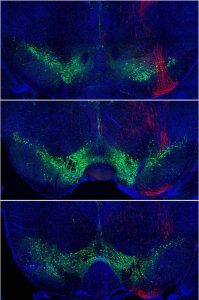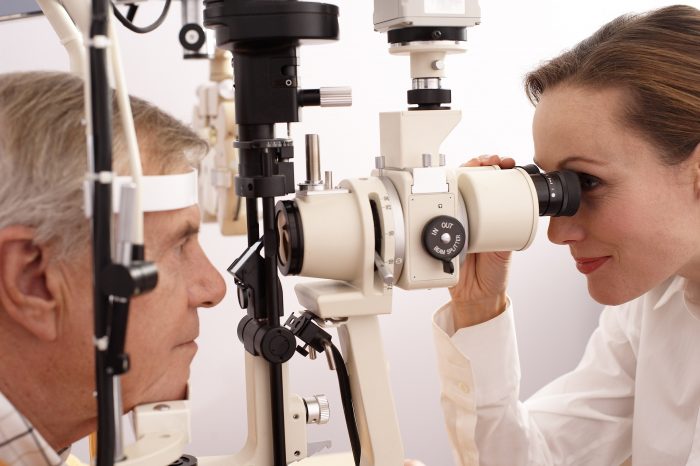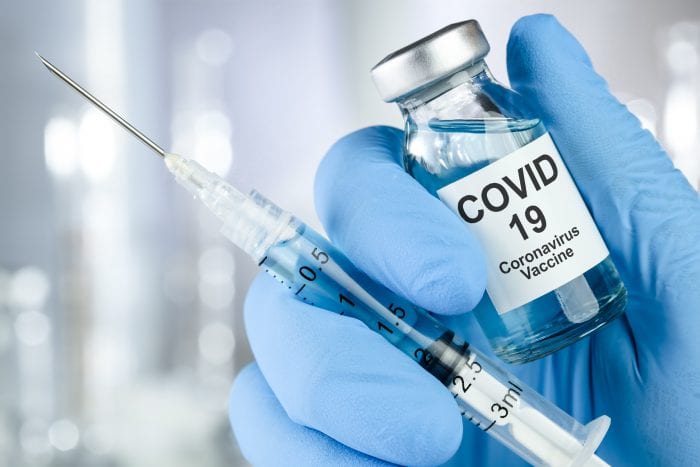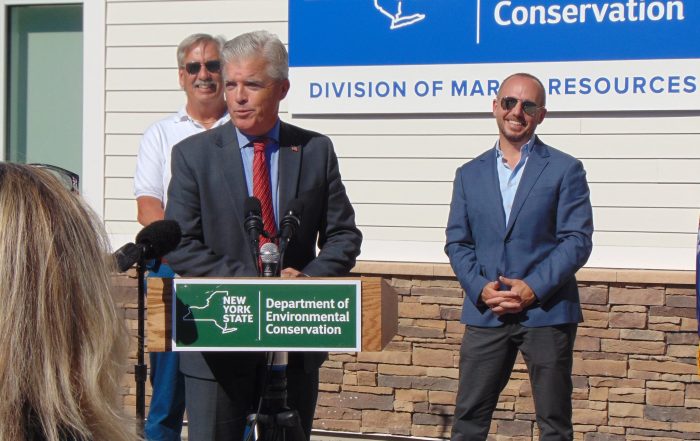Charles Rogovitz hopes to get bottom dentures so he can relieve the stomach pain he gets from partially chewed food and can eat an apple again. Todd Warren needs to have a root canal to become eligible for a new kidney.
Rogovitz and Warren are two of the veterans who will attend free Port Jefferson-based St. Charles Hospital’s “Give Vets a Smile” clinic on Nov. 3.
The event, which has become biannual this year and is fully booked, will provide dental care for 20 to 25 veterans.
Currently sponsored by a grant from Mother Cabrini Foundation, St. Charles has been providing an annual dental clinic for veterans since 2016.
“Our goal is to reach out to the [veterans] who do not have traditional insurance through employers,” and who “fall through the cracks,” Dr. Keri Logan, director in the Department of Dentistry at St. Charles, explained in an email. “That includes veterans who are not 100% disabled and perhaps make too much money for Medicaid, those that are homeless and the like.”
St. Charles hopes to “get as much done for them as possible,” which means that appointments typically include a visit with a hygienist as well as a dentist, Dr. Logan added.
Dr. Logan explained that veterans who do not have insurance or the means to go to a dentist regularly for routine cleanings and treatment have an increased incidence of cavities, infections and/or periodontal disease.
The event is in memory of Mark Cherches, who spent 57 years at St. Charles Hospital’s Dental Clinic and played a key role in bringing Give Veterans a Smile day to the hospital.
Dr. Cherches “heard of this from another facility a few years back and he was instrumental in giving us the idea,” Dr. Logan explained.
St. Charles is hosting the event at the Stephen B. Gold Dental Clinic.
Ruth Gold, wife of the late Stephen Gold, who was a pediatric dentist and for whom the clinic is named, appreciates the fact that the clinic is expanding with outreach programs to help the community.
The daughter of World War II veteran Milton Kalish, Gold is thankful for members of the armed forces who are “defending our country.”
Gold added that her husband would be “pleased” with the effort. “These are people who wouldn’t ordinarily go out to get their teeth checked, so this is very important.”
Rogovitz
Indeed, Rogovitz hasn’t been to a dentist in a quarter of a century.
A retired contractor who was a sergeant in the Marine Corps in Vietnam in 1967, 1968 and 1969, Rogovitz has lost his bottom teeth over the years, pulling them out when they come loose.
A resident of Babylon Village, Rogovitz has visited dentists, who estimated that it would cost $2,400 and about eight months to provide dentures for his lower jaw. He also needs dentures on his upper jaw.
“I’m hoping for the best,” Rogovitz said. “Worst comes to worst, I’ll get a lower denture and I’ll be able to masticate my food properly and not have stomach issues.”
Rogovitz has circled Nov. 3 on his calendar with highlighter in multiple colors.
The retired marine has been eating soft foods.
Rogovitz owes his life to his son Gene, who urged him to see a doctor for a general checkup in 2016. The doctor found early stage prostate cancer, which is in remission.
Rogovitz is convinced he developed cancer during his service in Vietnam, when he was given a bag of defoliant and was told to rip it open and scatter it in the grass.
In addition, he lay in fields sprayed with Agent Orange.
Despite his health battles, Rogovitz, who calls himself a “young 74,” enjoys surfing with his son and his nine-year-old grandson, Gavin.
In addition to biting into an apple, which he hasn’t done in about 12 years, he hopes to chew on an ear of corn on the cob.
Warren
A veteran of the Navy who went on three deployments during Desert Storm, Warren has received dialysis three days a week for over 18 months.
Warren, whose rank was Petty Officer 2nd Class E5, would like to join the list for a kidney transplant.
“You have to be cleared by all these departments first,” said Warren, who is a resident of Bay Shore. “One of them is dental.”
Unable to do much walking in part because of his kidney and in part because of his congestive heart failure, Warren can’t join the organ recipient list until he has root canal.
“All of that is holding me up,” Warren said. “I have to get this root canal to get this kidney transplant.”
While St. Charles Hospital can’t guarantee any specific treatment, the dental clinic does offer root canal work as a part of that day’s free dental service for veterans.
Warren, who is 53, has sole custody of his nine-year-old son, Malachi.
An athlete in high school who played basketball and soccer and ran track, Warren is limited in what he can do with his son in his current condition.
Warren had two teeth extracted at the Veterans Administration and is also hoping to fill that hole. When he drinks, he sometimes struggles to control the flow of liquid, causing him to choke on soda or water.
“I’m trying to do the best I can” with the missing teeth in the bottom of his mouth and the need for a root canal in the top, he said.
On behalf of himself and other veterans, Warren is grateful to St. Charles Hospital.
“I appreciate what they’re doing,” Warren said. “Let’s take care of the vets who were willing to put their lives on the line for this country.”

















